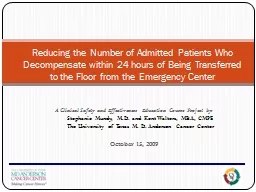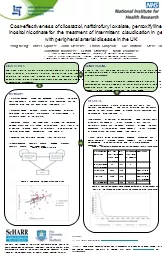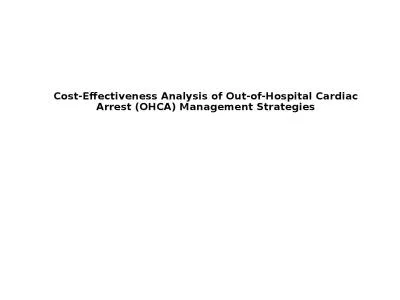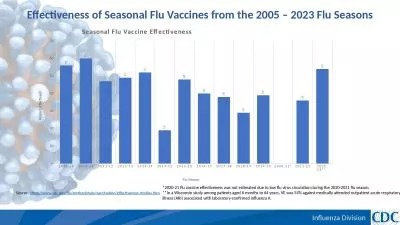PPT-A Clinical Safety and Effectiveness Education Course Project by:
Author : cheryl-pisano | Published Date : 2018-09-17
Stephanie Mundy MD and Kent Walters MBA CMPE The University of Texas M D Anderson Cancer Center October 15 2009 Reducing the Number of Admitted Patients Who
Presentation Embed Code
Download Presentation
Download Presentation The PPT/PDF document "A Clinical Safety and Effectiveness Educ..." is the property of its rightful owner. Permission is granted to download and print the materials on this website for personal, non-commercial use only, and to display it on your personal computer provided you do not modify the materials and that you retain all copyright notices contained in the materials. By downloading content from our website, you accept the terms of this agreement.
A Clinical Safety and Effectiveness Education Course Project by:: Transcript
Download Rules Of Document
"A Clinical Safety and Effectiveness Education Course Project by:"The content belongs to its owner. You may download and print it for personal use, without modification, and keep all copyright notices. By downloading, you agree to these terms.
Related Documents














